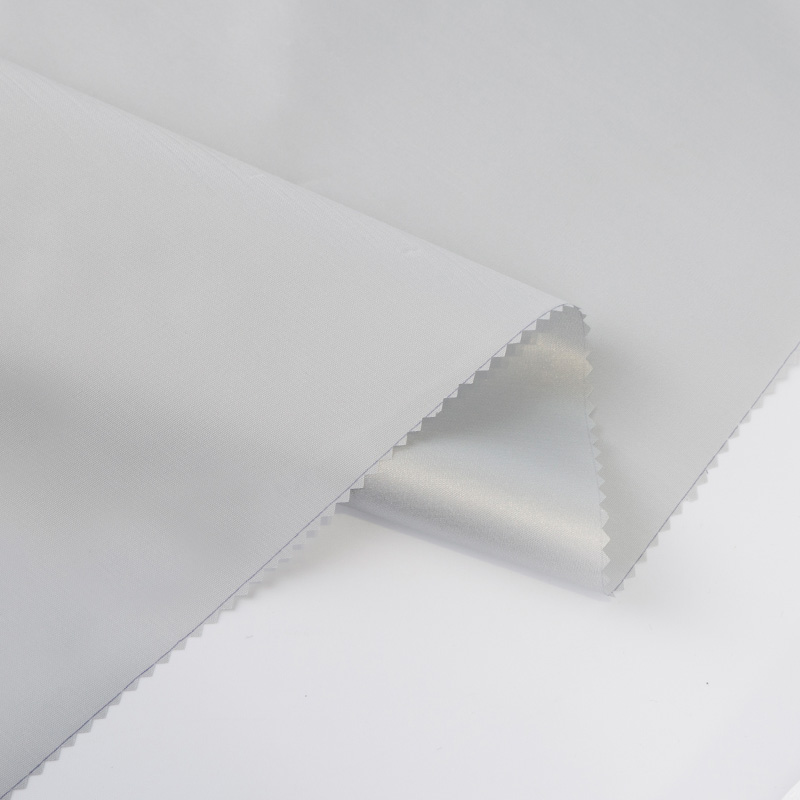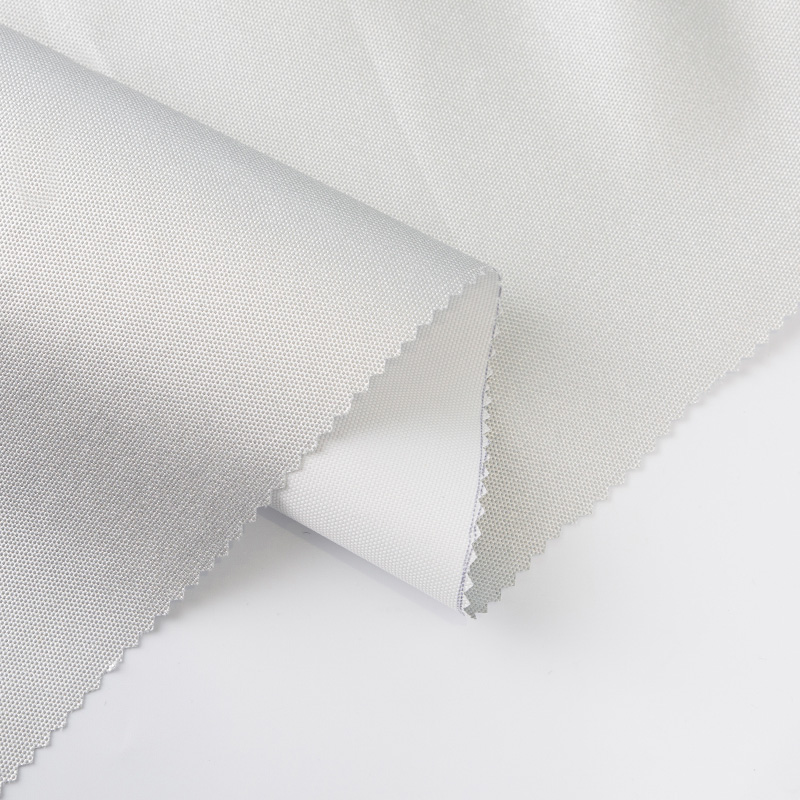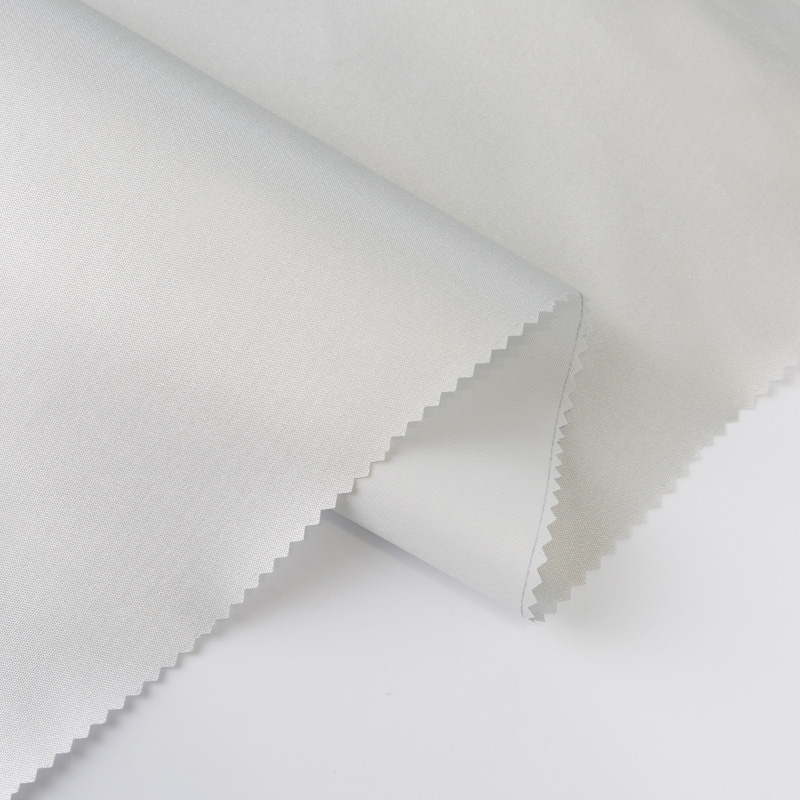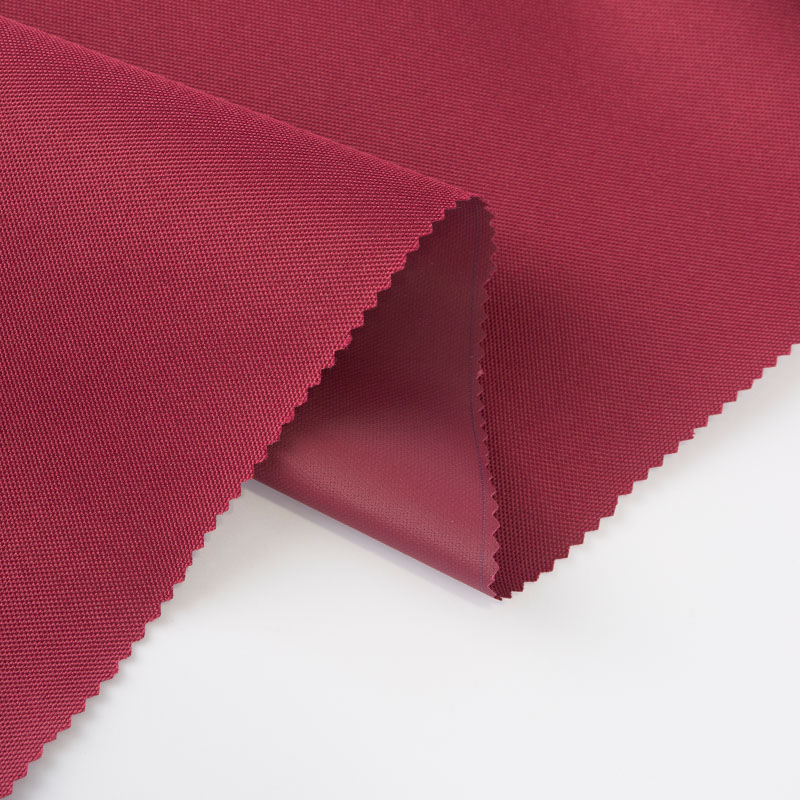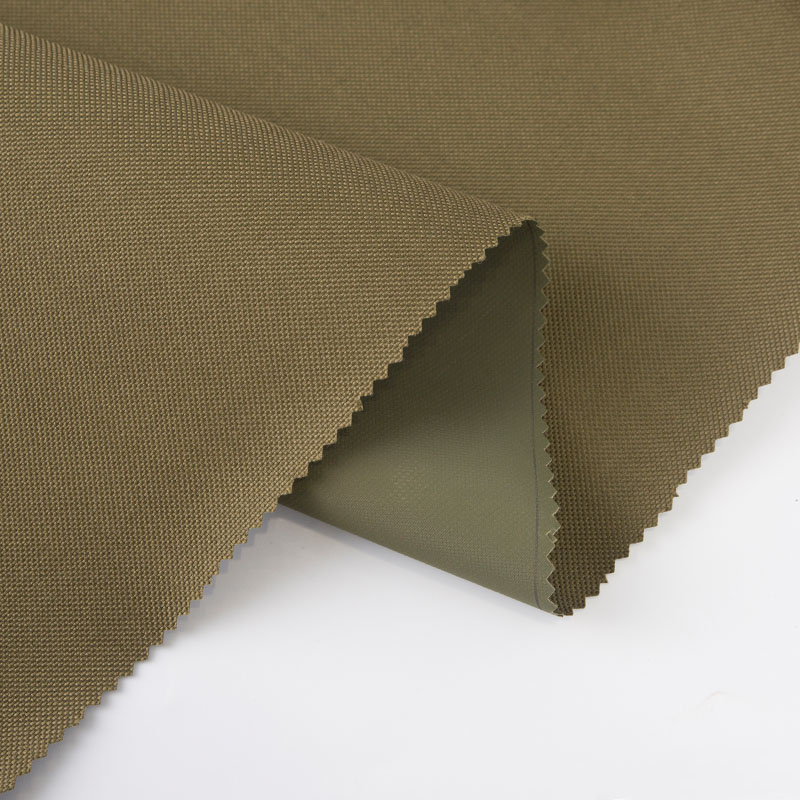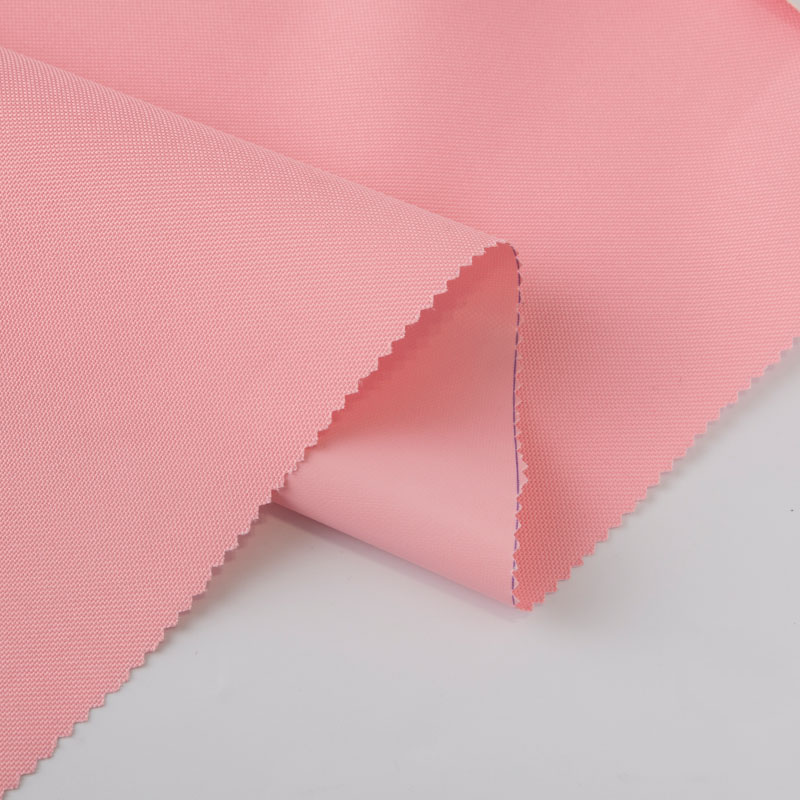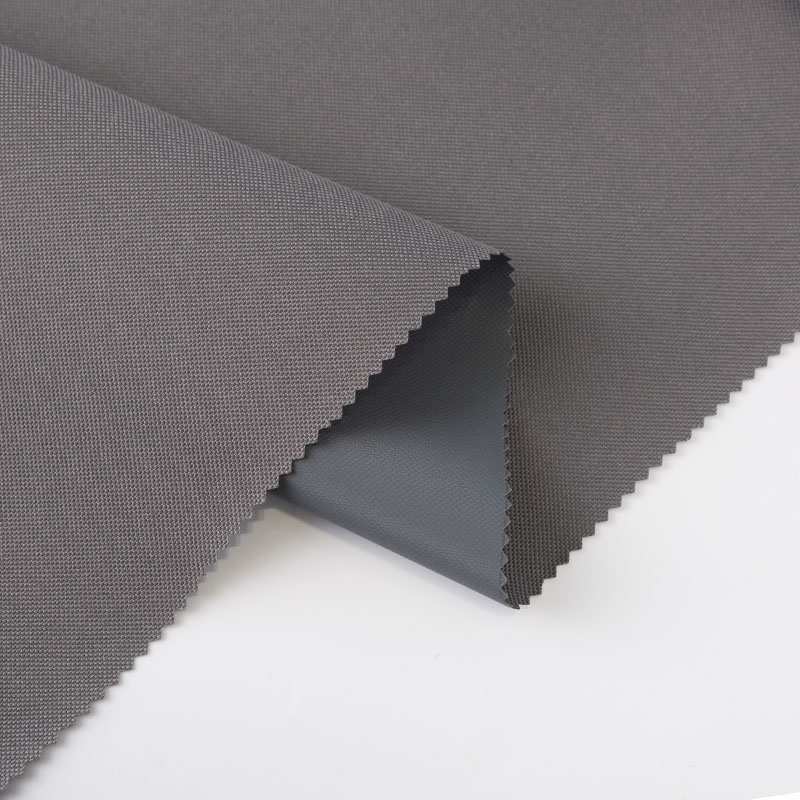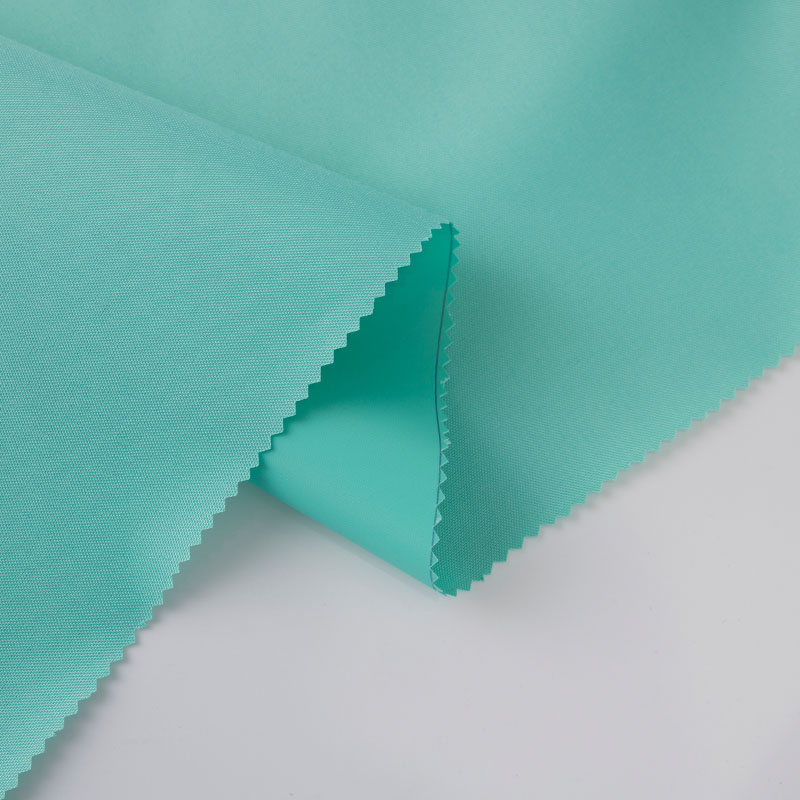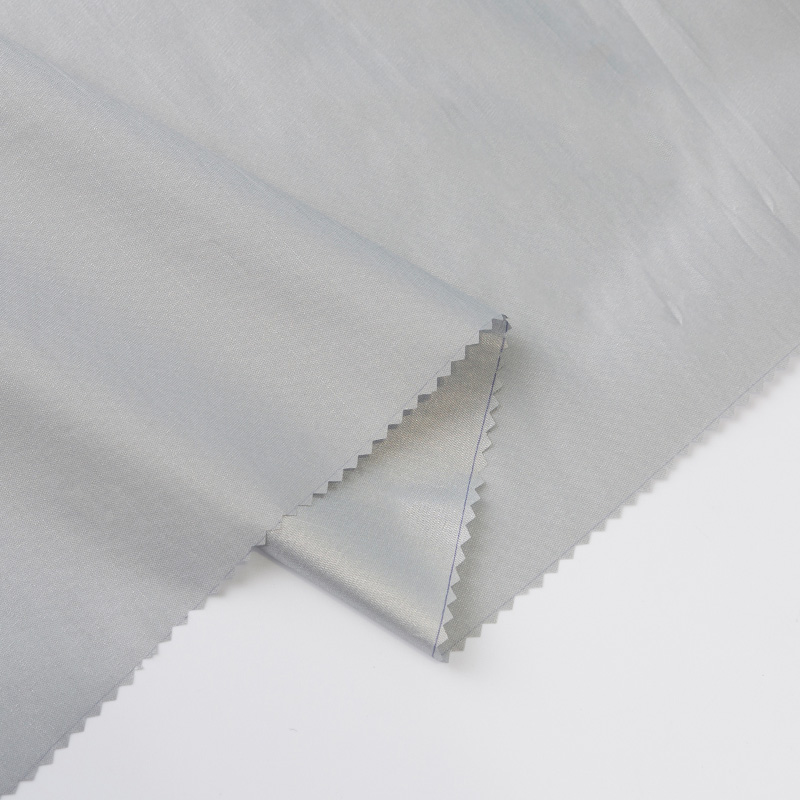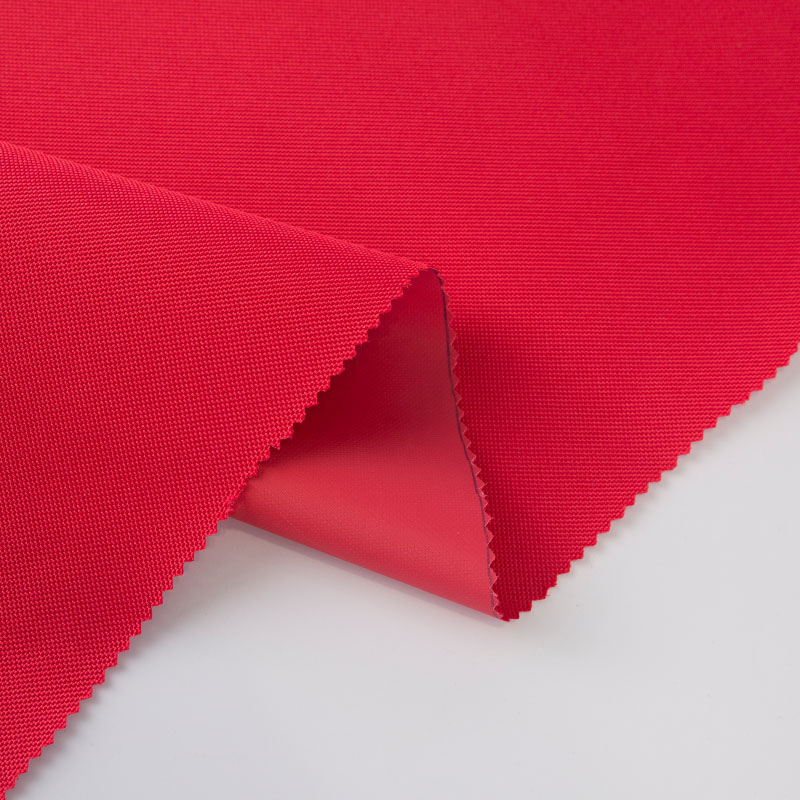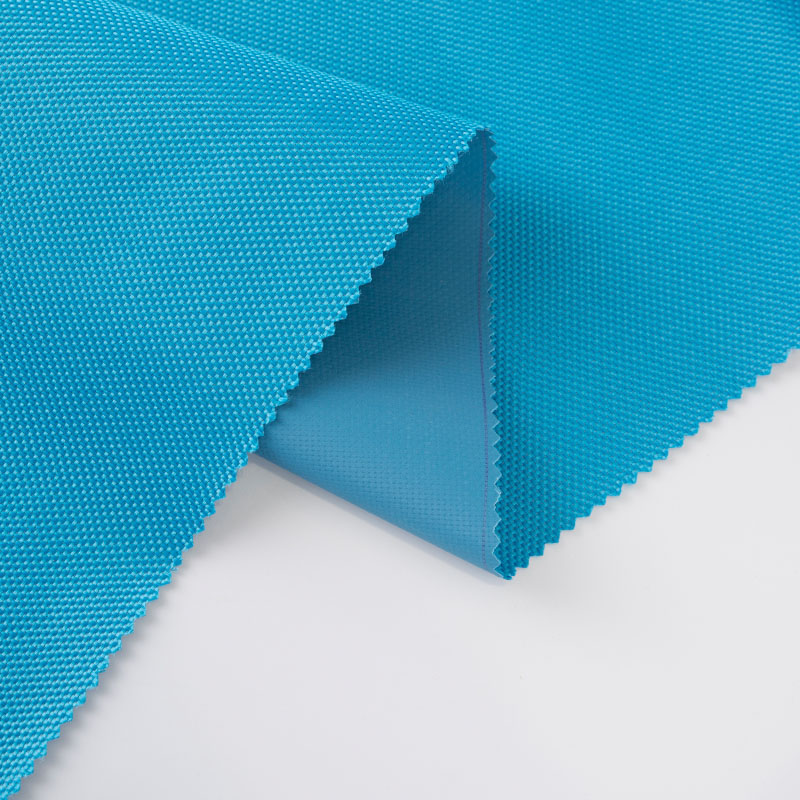We are a national high-tech enterprise. At present, there are many kinds of self-woven and cooperatively processed fabrics, including microfiber warp-knitted towel cloth, weft-knitted towel cloth, coral fleece, etc.
Raincoats have become an essential part of our wardrobe, providing us with protection from rain and inclement weather. However, have you ever wondered how raincoat fabric works? Behind the stylish exterior lies a carefully engineered material designed to repel water and keep you dry. In this article, we delve into the world of raincoat fabric, exploring its composition, construction, and the technologies that make it effective in shielding us from the rain.
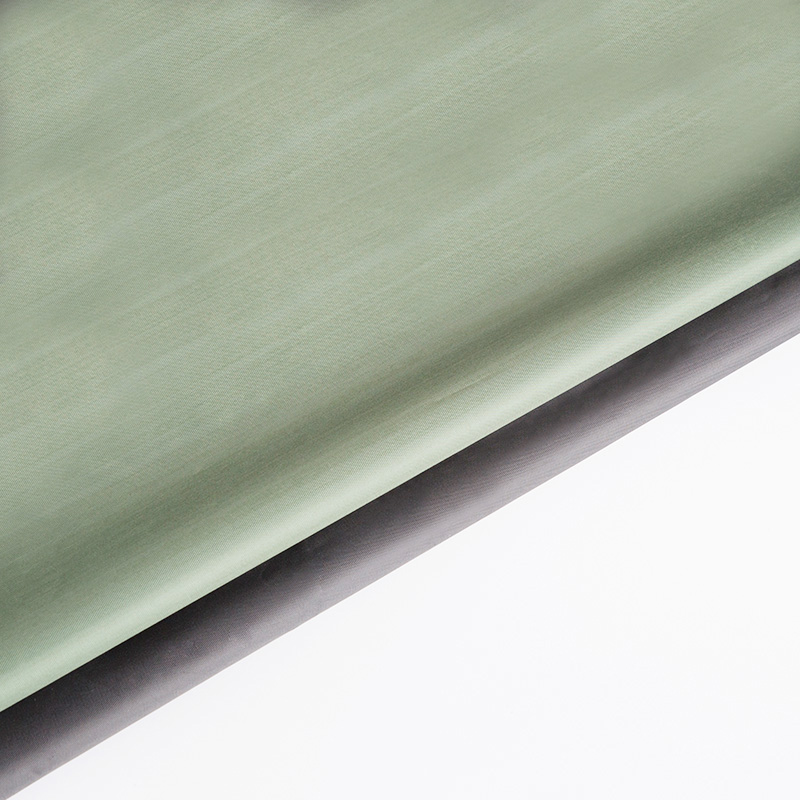

Understanding Raincoat Fabric
Raincoat fabric is specifically designed to repel water and prevent it from permeating through the material. It achieves this by combining various elements and employing innovative technologies. Here are the key components that make up raincoat fabric:
Outer Layer:
The outer layer of a raincoat is usually made from synthetic materials such as nylon, polyester, or a blend of both. These materials possess excellent water-repellent properties. They are lightweight, durable, and resistant to wear and tear. Additionally, they provide a barrier against wind, making raincoats versatile in various weather conditions.
Waterproof Membrane:
A crucial component of raincoat fabric is the waterproof membrane. This thin layer, often made of polyurethane (PU) or ePTFE (expanded Polytetrafluoroethylene), is responsible for the fabric's waterproofing abilities. The membrane has microscopic pores that are small enough to prevent water droplets from passing through but large enough to allow moisture vapor (sweat) to escape, keeping the wearer comfortable.
Inner Lining:
The inner lining of a raincoat serves multiple purposes. It provides a protective layer between the wearer and the waterproof membrane, enhancing comfort and preventing the membrane from directly contacting the skin. The lining also aids in moisture-wicking, ensuring that any perspiration is efficiently drawn away from the body, further enhancing comfort during prolonged use.
Technologies Enhancing Raincoat Fabric
Several technologies have been developed to enhance the performance of raincoat fabric and improve its waterproofing capabilities. Let's explore a few of these innovative advancements:
DWR Coating:
Durable Water Repellent (DWR) coating is often applied to the outer layer of raincoat fabric. It enhances the fabric's water-shedding abilities, causing water to bead up and roll off the surface. DWR coatings are hydrophobic, reducing the fabric's ability to absorb water and preventing it from becoming saturated.
Seam Sealing:
Seams in raincoats are potential weak points where water can enter. To counter this, manufacturers employ seam-sealing techniques. Seam sealing involves applying a waterproof tape or adhesive over the stitched seams, creating a barrier against water penetration. This ensures that water doesn't seep through the seams and compromise the waterproof integrity of the garment.
Breathability:
While keeping rainwater out is crucial, maintaining breathability is equally important for overall comfort. Breathable raincoat fabrics allow moisture vapor to escape, preventing the accumulation of sweat and keeping the wearer dry from both the rain and perspiration. Technologies such as ePTFE membranes, often found in high-performance raincoats, enable breathability while maintaining waterproofing properties.
Raincoat fabric has evolved significantly over the years, blending functionality with style. With the use of synthetic materials, waterproof membranes, and advanced technologies like DWR coatings and seam sealing, raincoats offer effective protection against rain and moisture. These fabrics are designed to repel water while maintaining breathability, ensuring optimal comfort in wet weather conditions. So, the next time you put on a raincoat, take a moment to appreciate the science and engineering behind its fabric, providing you with reliable protection against the elements.

 English
English 中文简体
中文简体